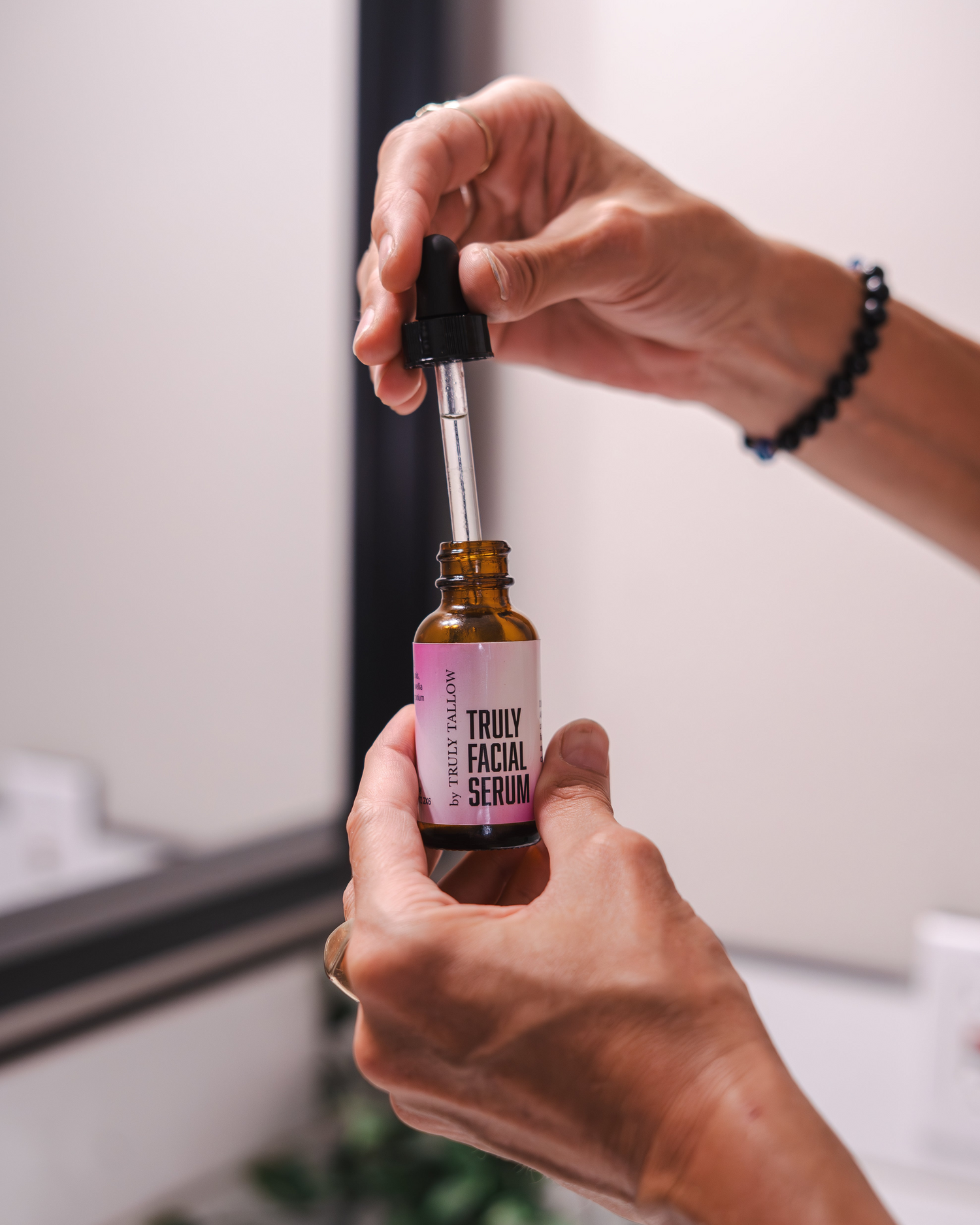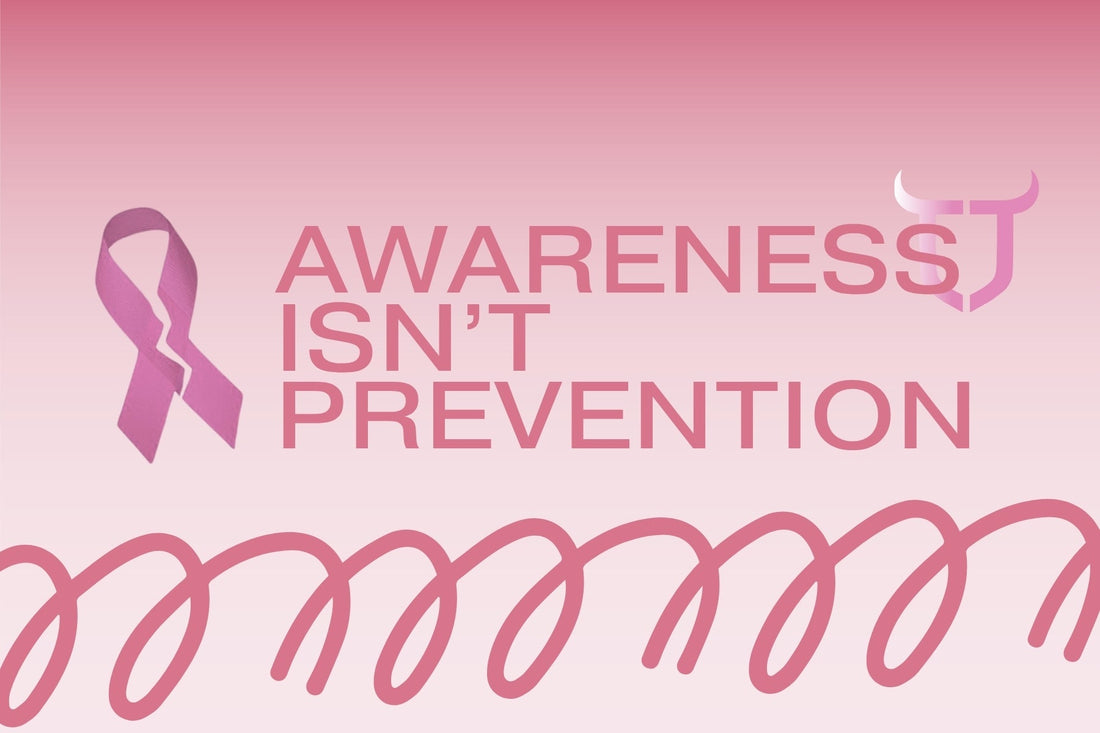Breast cancer affects hundreds of thousands of lives each year, and October—Breast Cancer Awareness Month—is filled with pink ribbons, fundraisers, and slogans. But awareness is only the start. Real prevention demands understanding the root causes, taking everyday protective steps, and choosing safer alternatives—especially when it comes to what we put on our skin.
In this post, we’ll explore scientifically grounded strategies to help reduce breast cancer risk, expose the pitfalls of “pinkwashed” marketing, and empower you to make choices that support truly safe, toxin-free living.
Why Prevention Matters
-
While some risk factors (like genetics) can’t be changed, many others related to environment, lifestyle, and chemical exposure can be influenced. National Cancer Institute
-
Growing research points to everyday chemicals that disrupt hormones or damage DNA as important, yet underrecognized, contributors to breast cancer risk. Silent Spring Institute
-
For example, the Silent Spring Institute has identified over 200 chemicals that cause mammary tumours in animal studies; many of these are present in consumer products. Silent Spring Institute
Thus, prevention isn’t about fear — it’s about empowerment. Every safer swap you make adds up.
Core Strategies to Reduce Risk
Below are evidence-based, practical steps you can take now:
1. Prioritize physical activity & maintain healthy weight
Regular exercise helps balance hormones, reduce body fat, and strengthen immunity. Studies show consistent movement is one of the strongest non-modifiable lifestyle factors in reducing risk.
2. Eat a clean, whole-foods diet
-
Choose organic produce when possible to limit pesticide exposure. Breast Cancer Prevention Partners (BCPP)
-
Avoid overconsuming processed foods packaged in plastics or cans — these often leach endocrine-disrupting chemicals like BPA and phthalates. mbcc.org
-
Focus on plant-forward meals, fiber, and antioxidant-rich foods.
3. Ditch hormone-disrupting chemicals (EDCs) in skincare & products
-
Many synthetic fragrances, parabens, phthalates, and other common ingredients mimic or interfere with estrogen — a known driver in many breast cancers. Silent Spring Institute
-
Opt for brands that use simple, transparent ingredients — like tallow-based or botanical formulations — so your skin barrier isn’t exposed to hidden risk.
-
Minimize use of stain-resistant fabrics, nonstick cookware, flame-retardant furniture, and aerosol sprays. EWG
4. Improve your indoor environment
-
Ventilate your home regularly; avoid synthetic air fresheners. mbcc.org
-
Use a HEPA vacuum and wipe surfaces with damp cloths to reduce house dust (which can trap harmful chemicals). mbcc.org
-
Remove shoes at the door to avoid tracking pesticides, pollutants, or chemical residues indoors. mbcc.org
5. Choose safer materials & avoid plastic heating
-
Avoid heating food or drink in plastics, especially types coded 3, 6, or 7, which can leach harmful chemicals when warmed. University of Rochester Medical Center
-
Use stainless steel, glass, or ceramic containers.
-
Filter drinking water with carbon-block filters to reduce PFAS, chlorine byproducts, and other contaminants.
6. Screen smartly & know your risk
-
Stay up to date with guidelines for breast screening (e.g., mammograms) based on your age and risk factors.
-
Get familiar with personal and family health history — this helps you make informed prevention decisions.
-
Talk to your healthcare provider about hormone therapies, contraceptive choices, and other exposures.
Why “Pinkwashing” Isn’t Enough (and How to See Through It)
Many major brands use pink ribbons and “support breast cancer” campaigns — but rarely address what’s causing the issue. It's marketing, not prevention.
-
Some companies selling products full of synthetic fragrance and hormone-disrupting chemicals adopt pink branding to appear socially responsible — while still profiting off the very ingredients linked to increased cancer risk.
-
Real prevention comes from transparency: knowing what’s inside your products and choosing brands who avoid harmful chemicals.
At Truly Tallow, our mission is to support real prevention — not marketing gimmicks. We use clean, minimal ingredients, and we stand against deception disguised as care.
How Tallow Skincare Supports Prevention (Yes, Really)
-
Biocompatible & simple: Tallow closely resembles the skin’s natural lipids, which means fewer foreign chemicals to stress or penetrate your skin.
-
Deep nourishment: It supports barrier repair and hydration without needing synthetic emulsifiers or stabilizers.
-
Low risk: Tallow-based products avoid the complex synthetic additives common in mass-market creams, reducing cumulative exposure to potential EDCs.
-
When you choose Truly Tallow, you’re choosing peace-of-mind: you know exactly what’s on your skin.
You don’t have to be powerless. Every change you make—swapping one product, improving your home environment, choosing transparency—adds up.
Start today: check your skincare labels, ventilate your space, and commit to clean swaps.
Want help choosing really safe products? Browse our collection → Truly Tallow’s non-toxic body & skincare line



